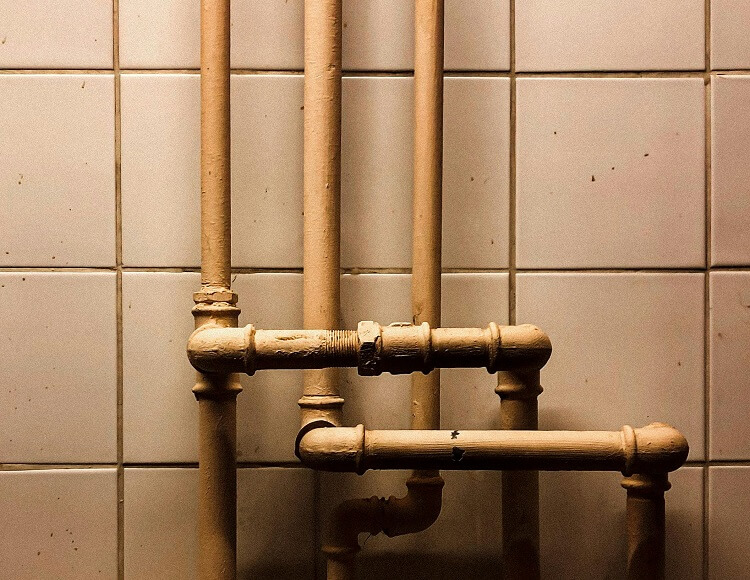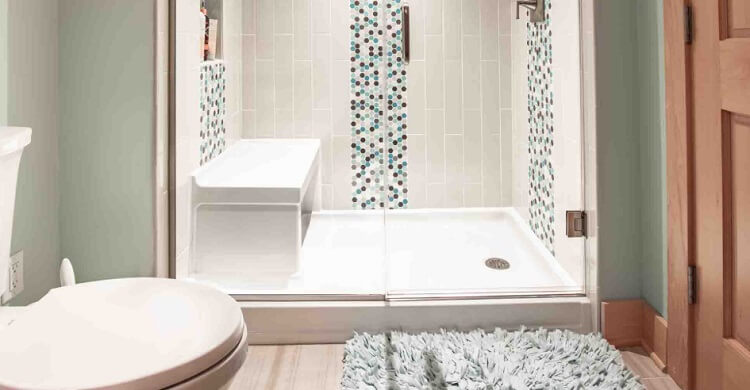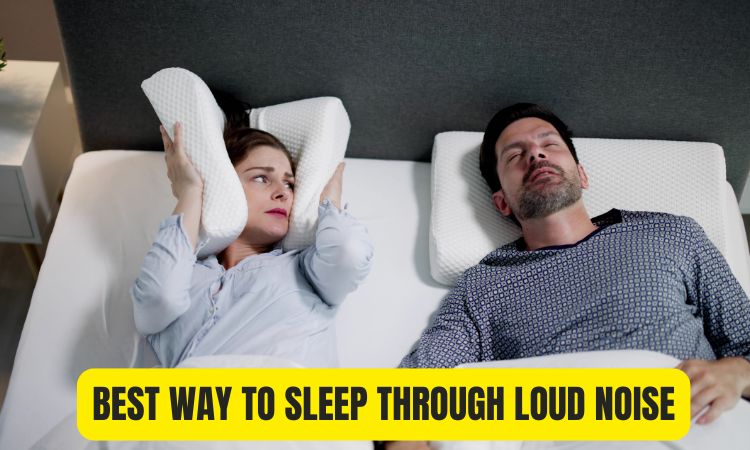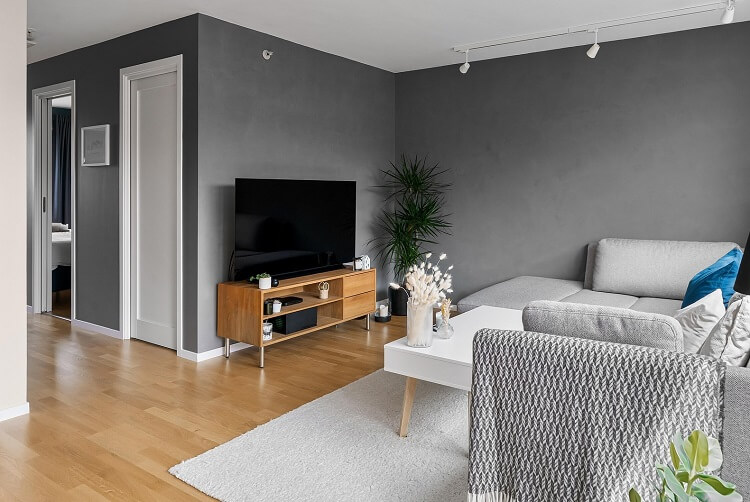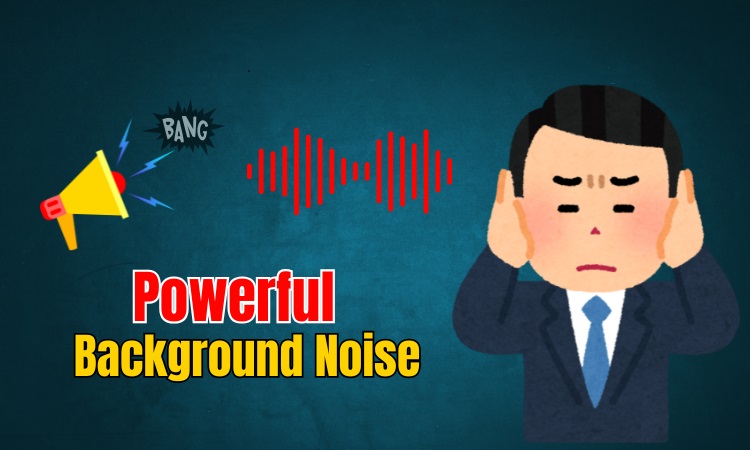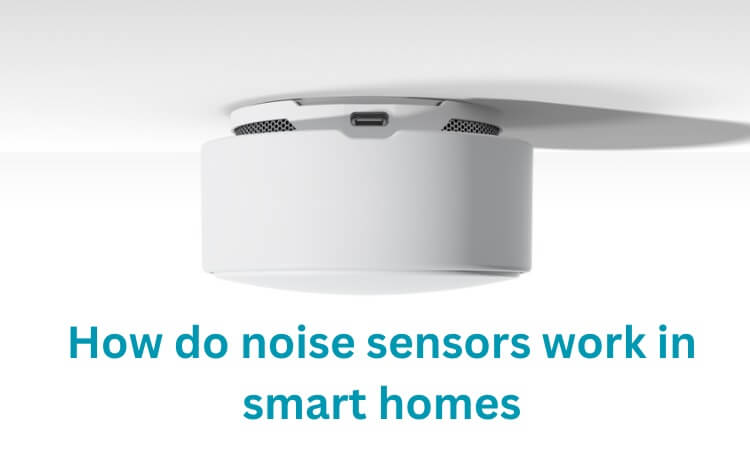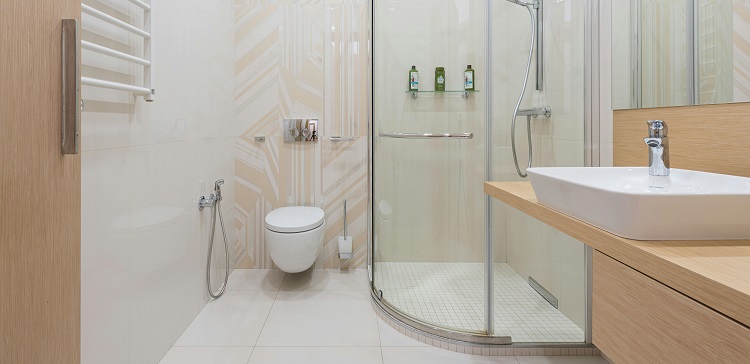
The tranquility of a relaxing bath or shower can be easily shattered by the intrusive hum of an exhaust fan, the clatter of pipes, or the roar of a flushing toilet. Fortunately, there are numerous effective ways to quiet noisy bathroom appliances and reclaim your bathroom’s peaceful sanctuary. This comprehensive guide, authored by a certified plumbing and heating specialist with over 15 years of experience, explores practical solutions, from simple DIY fixes to professional interventions, to help you create a quieter and more enjoyable bathroom experience.
Addressing bathroom noise isn’t merely about comfort; it significantly impacts privacy, reduces stress, and even increases your home’s value.
By pinpointing the sources of noise and implementing targeted strategies, you can transform your bathroom into a haven of tranquility.
Common Noise Sources in Bathroom Appliances
Many bathroom noise issues originate from aging, poorly maintained, or inefficiently designed appliances. Here’s a breakdown of the typical culprits:
Exhaust Fans
Outdated or poorly maintained exhaust fans are notorious noise offenders. Worn-out motors, imbalanced blades, and dust accumulation contribute to high decibel levels, making these fans especially disruptive in smaller bathrooms.
The noise often manifests as a loud hum or whirring sound.
- Why they’re noisy: Aging motor components, lack of lubrication, imbalanced or damaged fan blades, improper installation, and dust buildup restrict airflow and create vibrations, leading to increased noise.
- Solution: Replace the fan with a quiet model designed for lower sone ratings (ideally below 1.5 sones). Look for models featuring brushless DC motors and aerodynamically designed blades for quieter and more efficient operation. Ensure proper installation within the housing and ductwork to minimize vibrations.
Toilets
The flushing mechanism in older toilets can be surprisingly loud.
High water flow rates, outdated fill valves, and inefficient flushing systems contribute to the noise, ranging from a loud whoosh to a gurgling sound.
- Why they’re noisy: Inefficient fill and flush valves, rapid water flow creating turbulence, and potential issues with the flapper or ballcock assembly can cause excessive noise.
- Solution: Upgrade to a high-efficiency toilet with a silent fill valve and a dual-flush system. Dual-flush toilets allow you to choose between a lower water volume for liquid waste and a higher volume for solid waste, reducing water consumption and minimizing flushing noise.
Water Heaters and Pumps
Water heaters and pumps can generate a persistent hum, occasional banging noises (known as water hammer), or clicking sounds due to thermal expansion and contraction. These sounds can travel through walls and floors, affecting other areas of your home.
- Why they’re noisy: Vibrations from the motor or pump, loose fittings, sediment buildup in the tank (for water heaters), and fluctuating water pressure contribute to noise generation.
- Solution: Install a water hammer arrestor to mitigate banging pipes.
Secure loose pipes and fittings to reduce vibrations. For water heaters, consider adding a sound-dampening blanket or enclosure. Placing the unit on a vibration-damping mat can also help minimize noise transfer to the floor.
Showers and Faucets
Noisy showers and faucets are typically caused by turbulence in the water flow, high water pressure, or worn-out internal components like washers or cartridges.
The noise can range from a high-pitched whine to a hammering sound.
- Why they’re noisy: High water velocity creating turbulence, worn-out washers or O-rings in faucets, and mineral buildup restricting flow can cause noise.
- Solution: Install aerators on faucets and flow restrictors on showerheads to regulate water flow and reduce turbulence. Replace worn-out washers, O-rings, or cartridges. If the noise persists, check for loose pipes or high water pressure and address those issues accordingly.
Replace Noisy Exhaust Fans with Quiet Models
Modern exhaust fans prioritize quiet and efficient operation.
Look for models with low sone ratings (a measure of perceived loudness). A sone rating of 1 is equivalent to the sound of a quiet refrigerator. Aim for a rating of 1.5 or lower for optimal noise reduction.
Tips for Replacing an Exhaust Fan
- Choose the right size: Select a fan with the appropriate CFM (cubic feet per minute) rating to match your bathroom’s size.
This ensures adequate ventilation without excessive noise.
- Install properly: Secure and level installation is crucial to minimize vibrations. Use vibration-isolating mounts and ensure proper sealing around the housing.
- Clean regularly: Dust buildup on fan blades can impede airflow and increase noise. Clean the blades and vents regularly to maintain quiet operation.
Upgrade to Silent Flushing Toilets
Toilets with quiet-flush technology minimize noise by optimizing water flow and utilizing quieter fill and flush valves.
Many models incorporate dual-flush mechanisms, offering further noise reduction and water conservation.
Benefits of Quiet Toilets
- Reduced noise: Silent flushing systems dramatically minimize disruptive sounds, especially beneficial for bathrooms near bedrooms.
- Water efficiency: Dual-flush systems conserve water by using less for liquid waste, contributing to lower water bills and environmental sustainability.
- Easy installation: Many quiet toilets are designed for straightforward installation, often compatible with existing plumbing.
Insulate Pipes to Minimize Plumbing Noise
Plumbing noise, such as banging pipes (water hammer) or whooshing sounds, often results from rapid changes in water pressure, loose pipes, or vibrations traveling through the plumbing system. Insulating pipes can significantly dampen these noises. Specialized acoustic pipe insulation, made of closed-cell foam or wrapped rubber, is highly effective at absorbing sound and reducing noise transmission.
Steps to Insulate Pipes
- Identify noisy areas: Focus on pipes near fixtures or those running through walls adjacent to living spaces.
- Choose insulation material: Opt for closed-cell foam pipe insulation or wrapped rubber insulation for optimal noise reduction.
Standard fiberglass insulation is less effective for soundproofing.
- Secure loose pipes: Use pipe straps or clamps to firmly secure pipes to wall studs or joists, minimizing movement and vibration.
Install Aerators and Flow Restrictors for Faucets and Showers
Aerators and flow restrictors are cost-effective solutions to reduce water turbulence, a common cause of noisy faucets and showers. They regulate water pressure and create a smoother, quieter flow.
How to Install
- Faucets: Unscrew the existing aerator at the tip of the faucet and replace it with a noise-reducing aerator. These are readily available at hardware stores.
- Showers: Install a flow restrictor between the shower arm and showerhead.
Alternatively, replace the existing showerhead with a low-flow model, which often incorporates flow restriction features.
Use Soundproofing Materials Around Water Heaters and Pumps
Water heaters and pumps can generate persistent low-frequency humming or occasional banging noises. Enclosing these appliances with sound-absorbing materials can significantly reduce noise transmission.
Materials to Consider
- Acoustic foam panels: These specially designed panels effectively absorb sound waves and reduce reverberations within the enclosure.
- Mass-loaded vinyl (MLV): A dense, flexible material that blocks sound transmission. It can be used as a liner within an enclosure or applied directly to the appliance.
- Vibration damping mats: Placed beneath the appliance, these mats absorb vibrations and prevent them from transferring to the floor or surrounding structure.
Professional Solutions for Persistent Noise Issues
If DIY methods prove insufficient, consider consulting with a qualified plumber or acoustical specialist.
They can diagnose complex noise problems and implement more advanced soundproofing solutions.
When to Seek Professional Help
- Persistent noise from hard-to-reach areas, such as inside walls or ceilings.
- Difficulty pinpointing the exact source of the noise.
- Complex installations requiring specialized soundproofing techniques.
FAQ
Why are my bathroom appliances so noisy?
Noise can stem from various factors, including age, wear and tear, poor maintenance, outdated technology, high water pressure, loose pipes, and improper installation.
How can I quiet my bathroom fan?
Cleaning the fan blades and vents can help. However, replacing the fan with a low-sone model specifically designed for quiet operation is usually the most effective solution. Consider adding sound-dampening material around the fan housing to further reduce noise.
Can I install noise-reducing fixtures myself?
Many noise-reducing solutions, like pipe insulation, aerators, and flow restrictors, are DIY-friendly.
However, more complex tasks like replacing a toilet or installing soundproofing enclosures may require professional assistance.
Are quiet toilets worth the investment?
Yes, quiet toilets offer significant benefits beyond noise reduction, including improved comfort, increased privacy, and water conservation. They are a worthwhile investment for enhancing your bathroom experience and the overall value of your home.
Conclusion
Quieting noisy bathroom appliances can dramatically improve the comfort and tranquility of your home. By implementing the effective ways outlined in this guide, you can create a more peaceful and enjoyable bathroom experience.
Whether you choose simple DIY fixes or opt for professional solutions, taking steps to reduce bathroom noise is a worthwhile investment in your well-being and the value of your property. Start with identifying the source of the noise and then choose the solutions that best fit your needs and budget. Enjoy the serenity of a quieter bathroom today.

